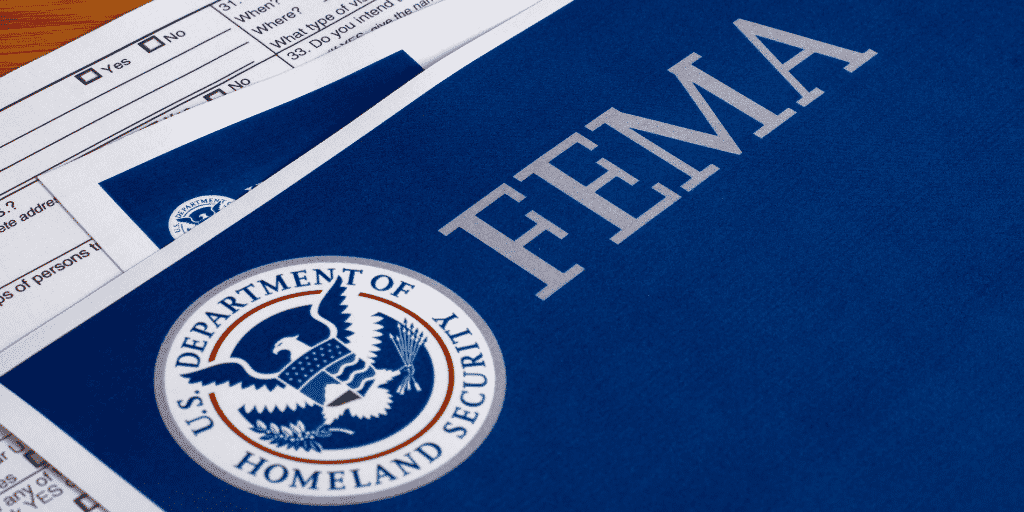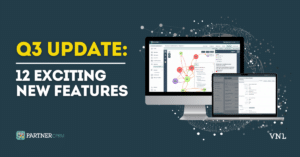Institutional Factors and Processes in Interagency Collaboration: The Case of FEMA Corps

This article details the development and implementation of the Federal Emergency Management Agency (FEMA) Corps program, a federal interagency partnership. We focus primarily on the factors and processes in interagency collaboration. While many federal agencies partner through fee-for-service arrangements and contracts, few contemporary examples of interagency program creation and implementation are available. This article develops an interagency collaboration framework by drawing from the collaboration literature, as well as literature on institutions, to examine the development of this unique partnership.
This research draws on key informant interviews and content analysis of documentation, including the interagency agreement (IAA), historical records, memos, meeting minutes, and participant observations.
Findings suggest that even in formal IAAs, a strong history of informal institutional collaboration may be an important antecedent of forming and implementing collaborative arrangements. Similarly, the presence of a champion may play an important role in cultivating and developing both informal and formal institutions that create an opportunity to collaborate. Finally, the rules-in-use and the rules-in-form may vary at different levels of management.
As the federal government increasingly employs interagency partnerships, this article provides lessons for developing relationships, identifying and understanding roles, crossing organizational boundaries, and merging both agency cultures and administrative processes.
Keywords national service, interagency collaboration, FEMA, AmeriCorps, factors and processes in interagency collaboration




